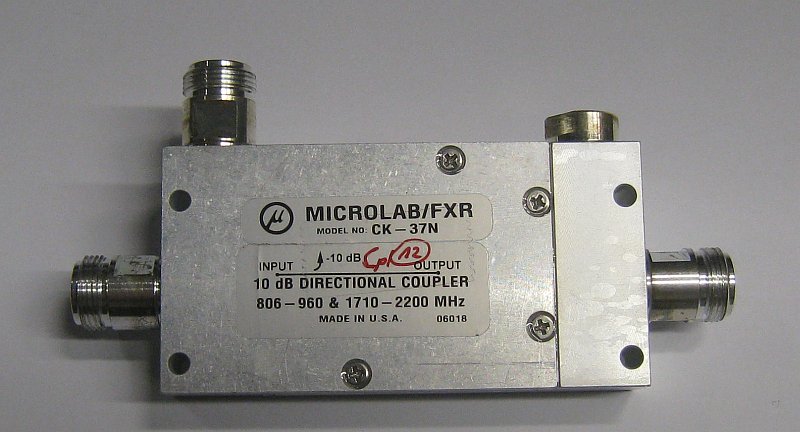Utilizing 3D Printing for Assistive Devices and Learning Aids in Special Education
In the field of education, 3D printing technology has opened up new. Possibilities for creating assistive devices and learning aids tailored to the unique needs of students with disabilities. This innovative technology allows for the rapid prototyping and customization of objects. Making it an ideal solution for producing specialized tools and resources that can enhance the learning experience and promote inclusivity in the classroom.
Assistive Devices for Physical Disabilities
One of the most significant applications of 3D printing in special. Education is the creation of assistive devices for students with physical disabilities. These devices can range from simple grip aids for writing utensils to complex prosthetic limbs or mobility aids.
By leveraging 3D printing, educators and healthcare professionals can design and manufacture. Assistive devices that are specifically tailored to the individual needs of each student, ensuring a comfortable and functional fit.
For example, 3D-printing grips or handles can be customized to accommodate. Different hand sizes and grip strengths, allowing students with limited dexterity or hand mobility to better grasp. And manipulate writing instruments, scissors, or other classroom tools.
Similarly, 3D-printed splints or braces can be designed to support and stabilize. Specific joints or limbs, enabling students with physical disabilities to participate more effectively in classroom activities.
Moreover, 3D printing technology has revolutionized the field of prosthetics. Making it possible to create affordable and customized prosthetic limbs or devices. These 3D-printing prosthetics can be designed to match the unique anatomical characteristics of each student. Ensuring a comfortable and functional fit. Additionally, the ability to rapidly iterate and modify designs allows for ongoing. Adjustments as the student grows or their needs change.
Learning Aids for Sensory and Cognitive Disabilities
3D printing can also be utilized to create learning aids and resources for students with sensory or cognitive disabilities. For instance, tactile learning aids, such as 3D-printed maps. Diagrams, or models, can be invaluable tools for students with visual impairments or those who learn best through hands-on exploration.
These 3D-printed objects can be designed to incorporate braille labels, raised textures. Or other tactile features, enabling students to engage with and comprehend complex. Concepts or representations in a more tangible and accessible way.
Additionally, 3D-printed models can be used to teach abstract concepts or visualize complex structures. Such as anatomical models for biology lessons or architectural models for geography or history classes.
For students with cognitive disabilities or learning difficulties, 3D printing can be used to create. Customized educational tools or manipulatives that cater to their specific learning styles or needs.
For example, 3D-printing puzzles, sorting activities, or counting aids can be designed with different levels of complexity. Color coding, or tactile elements to support the development of various cognitive skills. Such as problem-solving, pattern recognition, or fine motor skills.
Collaboration and Inclusivity
Beyond the creation of assistive devices and learning aids, 3D printing can also foster collaboration and inclusivity in the classroom. By involving students with disabilities in the design and creation process of 3D-printed objects. Educators can encourage active participation, creativity, and a sense of ownership over the learning experience.
Students can work together to conceptualize, design, and iterate on 3D-printed objects, fostering teamwork, communication, and problem-solving skills. This collaborative approach not only empowers students with disabilities but also promotes understanding. And acceptance among their peers, fostering an inclusive and supportive learning environment.
Moreover, the ability to rapidly prototype and modify designs using 3D printing allows for ongoing adjustments and improvements based on student feedback and real-world testing. This iterative process ensures that the assistive devices or learning aids are continuously refined and optimized to meet the evolving needs of students with disabilities.
Affordability and Accessibility
One of the significant advantages of 3D printing in the field of special education is its potential for cost-effectiveness and accessibility. Traditional assistive devices or specialized learning aids can be prohibitively expensive, making them inaccessible to many students or educational institutions with limited resources.
However, 3D printing technology enables the creation of these tools and resources at a fraction of the cost compared to traditional manufacturing methods. By leveraging open-source designs or collaborating with online communities, educators and institutions can access a vast repository of pre-existing designs that can be customized or modified to meet specific needs.
Additionally, the rise of community-based 3D printing initiatives, such as makerspaces or fab labs, has made this technology more accessible to a wider range of educational institutions and communities. These collaborative spaces provide access to 3D printers, design software, and expertise, enabling educators and students to explore and experiment with 3D printing for creating assistive devices and learning aids.
Considerations and Challenges
While 3D printing presents numerous opportunities in the field of special education, there are also several considerations and challenges to address. One significant challenge is ensuring the safety and durability of 3D-printed objects, particularly for assistive devices or learning aids that may be subjected to extensive use or physical stress.
Proper material selection, post-processing techniques, and rigorous testing are crucial to ensure the longevity and reliability of these 3D-printed objects. Additionally, there may be concerns regarding the biocompatibility of certain 3D printing materials, especially for assistive devices that come into direct contact with the skin or body.
Another consideration is the need for training and expertise in 3D modeling and design software. While the accessibility of 3D printing technology has improved, creating effective and functional designs still requires specialized knowledge and skills. Educators or support staff may need to undergo training or collaborate with experts in the field to ensure the successful implementation of 3D printing for assistive devices and learning aids.






